Sprayer systems with the technology to provide mechanical selection between crops and everything else in the field
Spraying a non-selective herbicide between crop rows isn’t a common practice in broad-acre grain and oilseed production, even though there are a few sprayers available in foreign equipment markets that can perform such a pass. “Garford makes one in Australia called the Crop Stalker. They have been around for a few years, but they are […] Read moreStories by Robin Booker
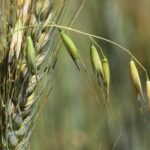
Prairie wild oat action committee in action
A request was made to the Canadian Weed Science Society by a few Alberta-based farmers to form a wild oat action committee to focus on the problem of herbicide-resistant wild oats. An ad-hoc committee of 12 people was formed, with producer, scientist, extension staff, industry and agronomist representation. They aim to raise awareness of the […] Read more
Picking the highs and lows and making the field whole
The Climate Corp.’s FieldView has added a crop protection prescription tool farmers can use to create variable-rate scripts for any zone in their fields. “For a fungicide, think about a canola crop or a soybean crop in Eastern Canada where the more biomass we have, the more risk we have for sclertoinioa or white mould,” […] Read more

Chickpea mystery back for a second season
The chickpea crop in southern Saskatchewan took another shellacking this summer and no one seems to know why. “It’s a complex issue that’s not one thing so it might be a complex answer, which no one wants to hear but I think that’s where we’re heading,” said Dave Greenshields, director of Research and Development at […] Read more
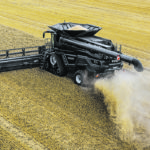
Fendt launches its own monster combine
Not to be outdone by John Deere’s recent release of the X9, Fendt has released two models of its new 790-horsepower class 10 combine platform, the Ideal 10 and Ideal 10T (tracked), which now hold the title as the largest combines in the world. The Ideal 10 and 10T join the line-up of Fendt’s Ideal […] Read more
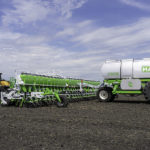
New Clean Seed comes from a clean slate
Leading-edge technology remains a focus, but metering and distribution changes for new model’s design and function
Clean Seed Capital group redesigned its Smart Seeder with the help of some blunt farmer feedback, and it plans to have two seeders on the market in the spring of 2021, the Smart Seeder Max and the Smart Seeder Max-S. “There was a tweet where someone said I don’t understand how you can keep throwing […] Read more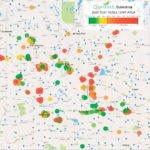
Rain, humidity makes for high sclerotinia risk
A genetics lab provides a sclerotinia test called Q-protect that helps growers decide when and if to apply a fungicide
Sclerotinia disease in canola thrives in years with high precipitation and humidity, which means wide swaths of the Prairies are at high risk this year. “Even this year with everything being so wet it’s still surprising to see the variation in the province (Saskatchewan) of zero all the way up to 100. It shows how […] Read more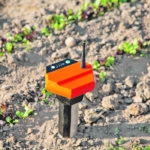
Independent probes take the measure of the soil
There are numerous agronomic services that use satellite data to see what’s happening in real time in broad acre crops, and most of these services also allow for multiple data sets to be included through open API (application programming interface) infrastructure. However, Teralytic soil sensor probe gives the company a niche compared to most companies […] Read more

Electric truck may fit farming needs
Electric vehicles under development or already being sold in North America are typically meant for urban environments and have limited use off high-grade roads. But there are exceptions, including Bollinger Motors 614 horsepower electric four-by-four Class 3 truck, which has 668 pound-feet of torque. It has 15 inches ground clearance, the ability to lock front […] Read more
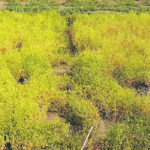
Glyphosate concerns cause producer pulses to rise
Producers concerned about what would happen if they could no longer apply the herbicide to their crops before harvest
Harvesting lentils has become complicated with the increased sensitivity to pesticide residue by international buyers of the pulse crop. Some grain buyers will not accept lentils treated with pre-harvest glyphosate due to scrutiny in the global marketplace and low maximum residue limits . Ideally, using a desiccant including diquat, Reglone, will provide an adequate dry-down […] Read more




